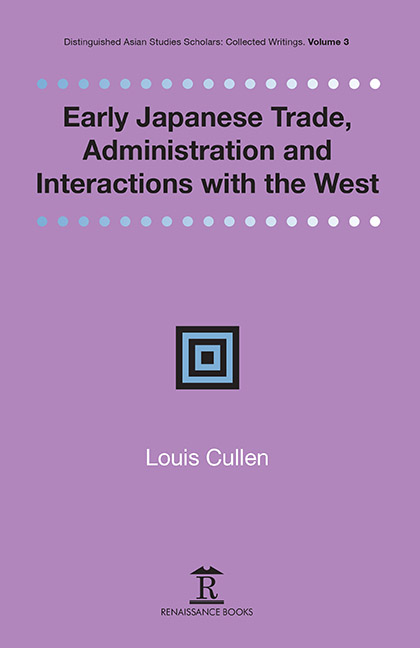9 - Archives: Japanese Archives: Sources for the Study of Tokugawa Administration and JapaneseHistory
Published online by Cambridge University Press: 30 April 2022
Summary
JAPANESE RECORD KEEPING contrasted starkly with more abundant Western archives. The poor state of shogunal records was compounded by losses in the Restoration and in the 1923 Tokyo earthquake. Domain records often fared much better, though they are often in runs of nisshi and nikki with information entered from documents later discarded. The papers of final decision making, and in general of rōjū and bugyō, were personal to the office holder. Survival of the records of daimyo who had served as rōjū depends on the integrity of domain archives. Access to the private property of former daimyo was prompted by their wish to preserve a fair record of the role of the great domains in bakumatsu times. The survival of papers of bugyō and lesser officials, unless in domain archives, was only secured by retention by heirs or random passage through the hands of collectors, private copyists or booksellers. Administration functioned through the circulation of copies, in turn often copied into either official compilations such as the Tsūkō ichiran, or private ones. In the 1860s, a pressing need for access to recent and current records led to the compilation in two stages of the Tsūshin zenran. While the diffuse holding of papers had posed the initial problem, it also provided the solution. In Osaka, a floating mass of miscellaneous paper was the source base for two compilations in the late Meiji period, one published in 1911–1913, the other only sixty years later in the 1960s. The first printed compilations were four by Katsu Kaishū under official support in 1889–1893. The first volume of Bakumatsu gaikoku kankei monjo followed in 1911, itself in part made possible by the Tsūshin zenran. The Dai nihon ishin shiryō, its origins traceable to daimyo commitment in the 1880s, and heavily dependent on domain sources, finally appeared from 1938. A Ministry of Finance series, Nihon zaisei keizai shiryō (1921–1925), reveals how little material it had inherited in 1871.
THE ARCHIVAL EVIDENCE OF TOKUGAWA JAPAN
Despite gaps in surviving records, substantial administrative archives have been a feature of the state in Japan as in the West. Overall, archives in Western states have been more substantial, better defined and above all more continuous, and as an unbroken corpus go back farther in history.
- Type
- Chapter
- Information
- Publisher: Amsterdam University PressPrint publication year: 2020



